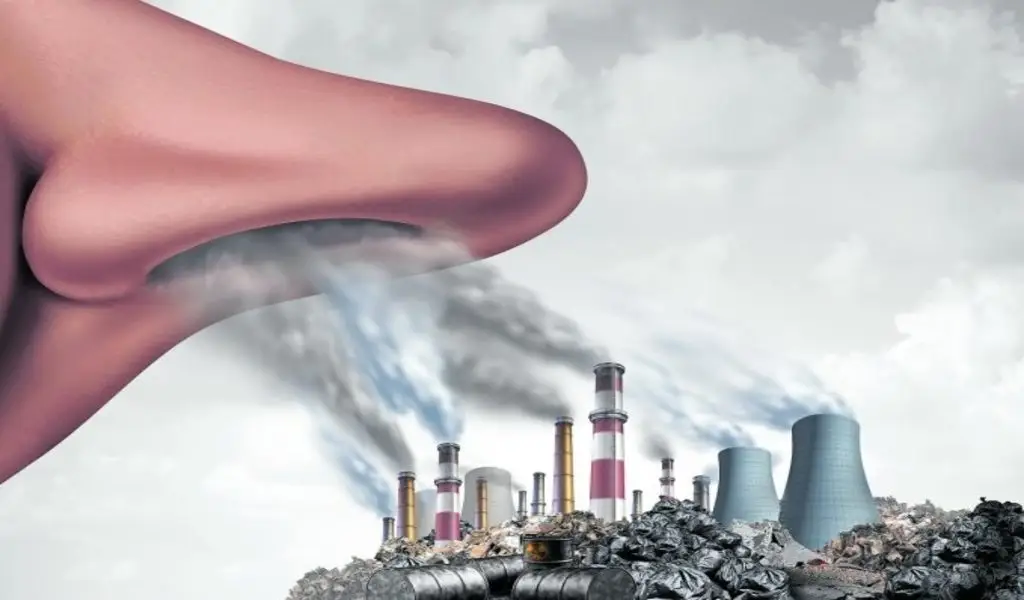In the contemporary world, air pollution has manifested as a pervasive threat to public health, particularly impacting respiratory function. With industrial expansion, vehicular emissions, and various forms of environmental contamination, the air we breathe has become increasingly laden with harmful pollutants. As experts sound the alarm on the escalating crisis, it’s essential to understand the symptoms of pollution-induced respiratory problems and the steps we can take to mitigate their impact.
Respiratory Complications from Air Pollution
The lungs are the primary organs affected by polluted air. When we inhale, pollutants such as particulate matter (PM), nitrogen dioxide, sulfur dioxide, carbon monoxide, and ozone enter the respiratory system, potentially causing a range of health issues. Experts categorize these health concerns from immediate effects like coughing or throat irritation to chronic respiratory diseases such as asthma, bronchitis, COPD (Chronic Obstructive Pulmonary Disease), and even lung cancer.
Symptoms Spotlighted by Health Professionals
Healthcare experts have identified a spectrum of symptoms that could indicate the adverse effects of air pollution on respiratory health:
- Shortness of Breath: Difficulty breathing is often one of the first signs of respiratory distress linked to polluted air.
- Coughing and Wheezing: Persistent coughing and wheezing can signify irritation or inflammation in the airways.
- Chest Tightness: A sensation of pressure or tightness in the chest area can result from exposure to airborne toxins.
- Increased Asthma Attacks: Individuals with asthma may experience more frequent and intense attacks in highly polluted environments.
- Chronic Bronchitis: Long-term exposure to air pollutants can lead to chronic bronchitis, characterized by inflamed bronchial tubes producing excessive mucus.
- Lung Function Impairment: Prolonged pollution exposure can cause a decrease in lung function and lung capacity.
- Eye, Nose, and Throat Irritation: These are common symptoms that can occur when pollutants irritate the mucous membranes.
Preventive Measures and Treatment Options
Prevention and management of pollution-induced respiratory issues are multifaceted and require both individual and collective efforts. Here’s what experts suggest:
- Monitor Air Quality: Stay informed about local air quality reports and minimize outdoor activities when pollution levels are high.
- Use Air Purifiers: High-efficiency particulate air (HEPA) filters can reduce indoor pollution levels.
- Face Masks: Wearing N95 or similar masks can help filter out harmful particles when venturing outside.
- Medical Checkups: Regular health checkups can help detect and address pollution-related health issues early on.
- Respiratory Medications: For those with pre-existing conditions, ensure that respiratory medications and inhalers are always on hand and used as prescribed.
- Advocacy and Awareness: Support and engage in initiatives aimed at reducing pollution, such as tree planting, use of public transportation, and promoting stricter emissions regulations.
The Road Ahead
As the correlation between air pollution and respiratory health becomes increasingly evident, it is imperative to adopt proactive measures. While personal precautions are crucial, real change hinges on systemic actions to address and reduce the sources of air pollution. By staying informed, making health-conscious choices, and advocating for cleaner air policies, we can breathe easier and safeguard our respiratory health against the insidious effects of pollution.
